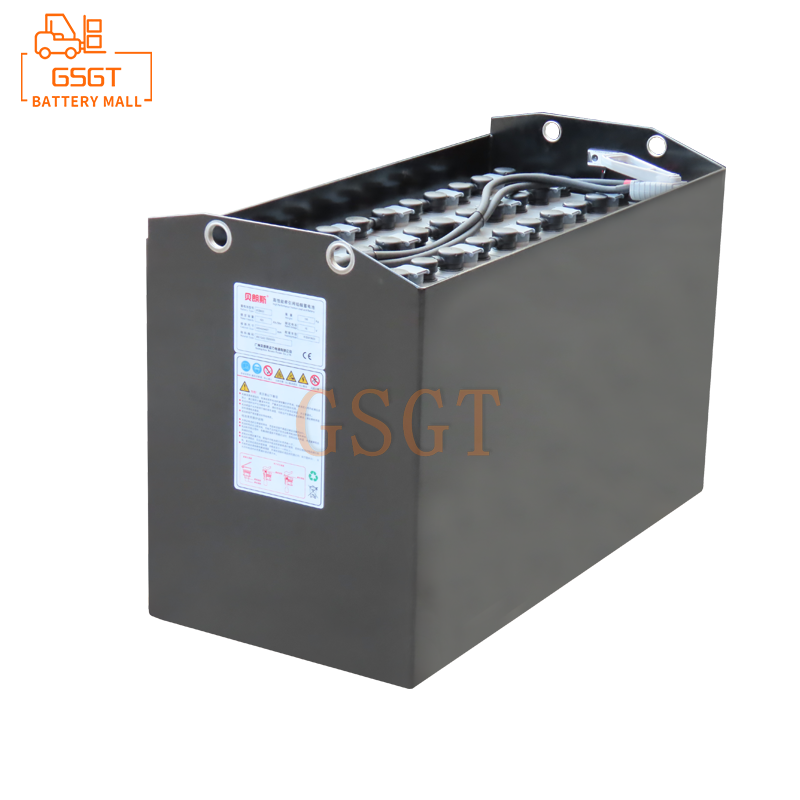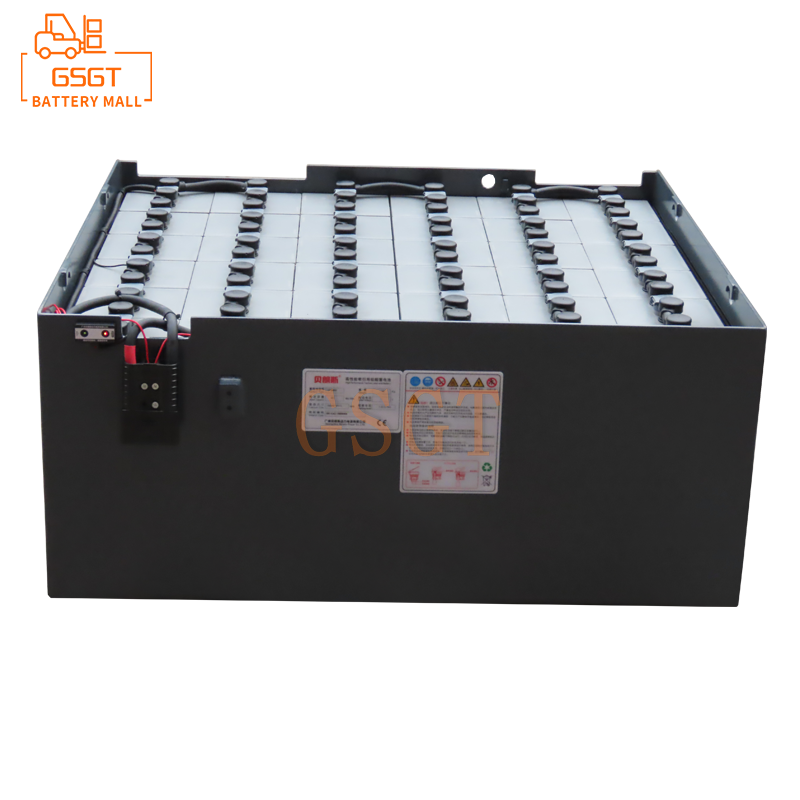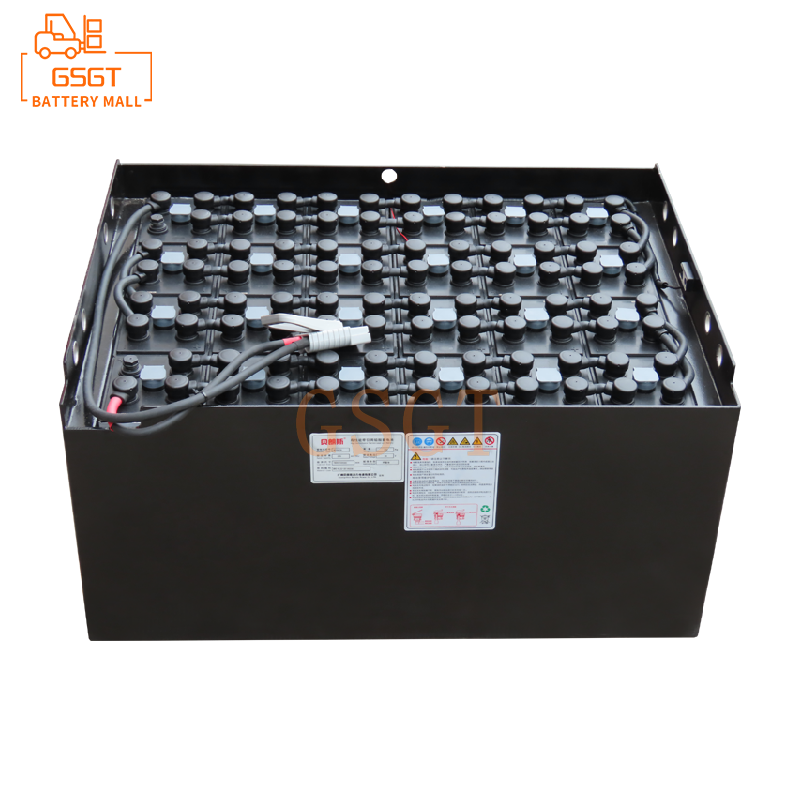Time:2025-07-21 10:41:31
Browse:605
In the operation of forklifts, lead-acid batteries play a crucial role, and their performance directly affects the working efficiency and stability of forklifts. In high-temperature environments, maintaining the low internal resistance of lead-acid batteries is the key to ensuring their good performance. So, how can forklift lead-acid batteries maintain low internal resistance at high temperatures? This issue involves multiple aspects. Let's delve into it below.
The influence of high temperature on the internal resistance of lead-acid batteries in forklifts
First of all, we need to understand exactly how high temperatures affect the internal resistance of lead-acid batteries. When the ambient temperature rises, the rate of chemical reactions inside the battery accelerates. This may seem like a good thing, but in fact it will bring about many negative effects. On the one hand, the accelerated evaporation of the electrolyte causes changes in the ion concentration inside the battery, complicating the ion conduction path and thereby increasing the internal resistance. For instance, when the water in the sulfuric acid electrolyte evaporates rapidly at high temperatures, the concentration of sulfuric acid relatively increases, which alters the electrical conductivity of the electrolyte and subsequently raises its internal resistance. On the other hand, the corrosion of the plates intensifies, and the shedding of active substances on the plates increases, which will also lead to an increase in the internal resistance of the battery. At high temperatures, the chemical reaction between the plates and the electrolyte becomes more intense. The active substances on the surface of the plates gradually fall off from the plates during the continuous reaction, reducing the effective area of the plates involved in the electrochemical reaction and increasing the internal resistance accordingly.
How to maintain low internal resistance at high temperatures
Control the temperature of the working environment
An effective method is to control the working environment temperature of the lead-acid battery of the forklift. This can be achieved by installing an air conditioning system or ventilation equipment. In some large logistics warehouses, air conditioners are specially installed in the forklift charging areas to keep the ambient temperature within an appropriate range. Generally, it is recommended that the working environment temperature of lead-acid batteries be controlled between 25℃ and 35℃. Ventilation equipment can enhance air circulation to remove the heat generated around the battery due to chemical reactions, preventing heat accumulation and excessive temperature. For instance, in some open-air forklift operation scenarios, ventilation openings are set up around the battery compartment, using natural wind or fans to force ventilation and reduce the temperature of the battery.
Reasonable charging management
Reasonable charging management is also very important. In high-temperature environments, the charging current should be appropriately reduced. A higher charging current will generate more heat inside the battery, further raising its temperature and leading to an increase in internal resistance. For instance, originally, a large charging current was used for fast charging at normal temperature, but when the temperature is high, it needs to be adjusted to a smaller charging current for slow charging. At the same time, the charging time should be strictly controlled to avoid overcharging. Overcharging will cause excessive chemical reactions inside the battery, accelerate the corrosion of the plates and the shedding of active substances, thereby increasing the internal resistance. Smart chargers can be adopted. They can automatically adjust the charging strategy based on parameters such as the battery's temperature and voltage to ensure the safety and efficiency of the charging process.
Regular maintenance and inspection
Regular maintenance and inspection are also indispensable links. Regularly check the liquid level and density of the electrolyte. If the liquid level is too low, distilled water or dedicated electrolyte replenishment liquid should be added in time. Appropriate electrolyte level and density help maintain good ionic conductivity inside the battery and reduce internal resistance. At the same time, check the condition of the plates to see if there is any severe corrosion or shedding of active substances. For plates with slight corrosion, appropriate cleaning and repair can be carried out to extend the service life of the plates and maintain a low internal resistance.
Frequently Asked Questions
Question 1: What should be done if the electrolyte level drops rapidly at high temperatures?
It is a common phenomenon that the electrolyte level drops rapidly in high-temperature environments. First of all, the liquid level should be checked regularly. Once the liquid level is found to be lower than the lowest mark, distilled water should be added in time. Note that ordinary tap water must not be added. Impurities in tap water may contaminate the electrolyte and affect battery performance. After adding distilled water, closely observe the charging and discharging conditions of the battery to ensure that the battery can work normally once the liquid level returns to normal. If the liquid level drops abnormally and rapidly, it may indicate a leakage problem with the battery. Further inspection of the battery casing and connection points is necessary, and the leakage points should be repaired in a timely manner.
Question 2: It was found that the internal resistance of the lead-acid battery of the forklift significantly increases at high temperatures. Is there any way to reduce it back?
If it is found that the internal resistance has increased, you can try to perform deep charge and discharge maintenance on the battery. First, perform a complete discharge, and then use a suitable charger to charge slowly at a lower current for a long time. This helps redistribute the active substances on the plates, restoring the battery's performance to a certain extent and reducing its internal resistance. However, if the internal resistance increases due to severe corrosion or aging of the plates, this method may not be effective. At this point, it may be necessary to consider replacing the battery with a new one to ensure the normal operation of the forklift.
In high-temperature environments, by controlling the working environment temperature, implementing reasonable charging management, and conducting regular maintenance inspections, the low internal resistance of forklift lead-acid batteries can be effectively maintained, the battery's service life can be prolonged, and the working efficiency and reliability of forklifts can be enhanced.

$2450

$4045

$5710

$1690

MESSAGE
Professional And Efficient
Security
Affordable Price
Professional Services